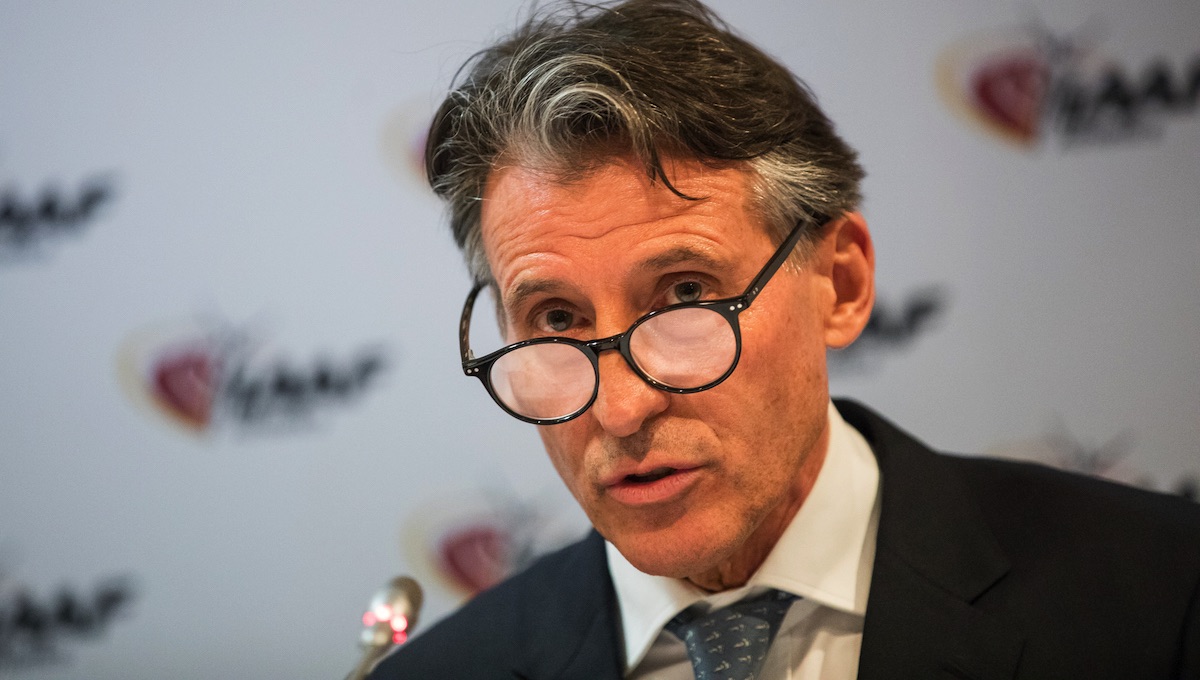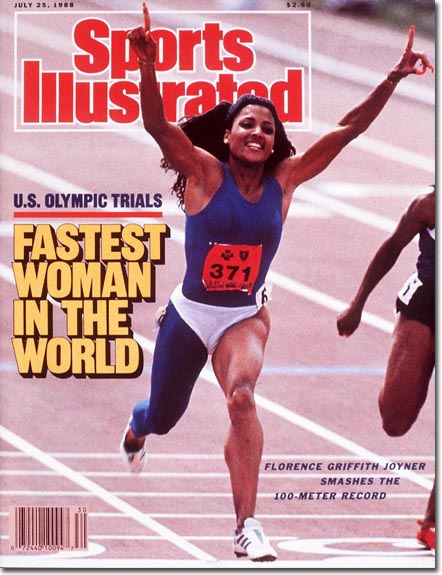Written by Len Johnson – Runner’s Tribe
“Nothing is more powerful than an idea whose time has come,” Victor Hugo is reputed to once have said.
Like many such ‘quotes’, this may not be a precise rendition of the French poet and novelist’s words, merely the most common paraphrase. Hugo’s observation that “one cannot resist the invasion of ideas” may have been fused with a similar saying attributed to another French writer.
Regardless, I would like to propose an idea whose time definitely has not come: the notion that we should wipe the world record slate and re-start with a set of ‘clean’ world records.
The hunkering for a new set of records comes from the understandable dismay that many world records have been set by athletes we strongly suspect had the assistance of performance-enhancing drugs. It is impossible, or at least extremely difficult, to envisage these tainted records being approached any time soon by ‘clean’ athletes.
The idea became attractive when the fall of the Berlin Wall in 1989 and break-up of the old Soviet Union revealed how much of the success of Soviet and East German athletes had been due to systemic doping. A few years later, Ma’s Army of Chinese female athletes re-wrote the middle and long-distance track world records in unprecedented numbers.
Doping was not held to be as organised in the western world until the BALCO affair the US revealed after the 2003 world championships brought down some huge names including Marion Jones and Tim Montgomery and then the biggest name of all, multiple Tour de France winning cyclist Lance Armstrong also admitted to systematic doping.
It all seems so simple: wipe the slate clean and start again.
Except it isn’t, a point Sebastian Coe seemed to grasp when the proposal was raised again at the start of the year by Gianni Merlo, an Italian journalist who is president of the International Sports Press Association. The extent of doping being revealed by retrospective Olympic and major championship testing was damaging the credibility of the sport, Merlo said.

In response Coe said: “We understand the frustrations, ‘the doubts of the past’ which you outline. We know that systems have in the past produced athletes that have probably not achieved records legitimately. However (emphasis mine), that’s a very different thing from penalising clean athletes who have gone about breaking records based upon the hard work and dedication during their young lives, with clean coaches and clean federations.”
That seemed to be that until the European Athletic Association announced it was setting up a task force to examine the credibility of European records. Further, in announcing the review, EAA president Svein Arne Hansen said: “I have been in regular contact with (Coe) on this matter and the IAAF will monitor this work closely before deciding any actions on the world level.”
Coe and Hansen are close allies, going all the way back to the days when Svein Arne was organiser of Oslo’s Bislett Games and Coe was regularly destroying world records at his meeting. So was Coe going back on his earlier statement appearing to rule out support for record revision, or merely going out of his way not to slap down an old friend.
The European task force is due to report in September. Perhaps we shall see then.
The doubts about some world records notwithstanding, I think the wholesale rejection of the current list is not justified – an idea whose time has not come.
It seems compelling, given the dubious provenance of some of the records. At face value, it is almost the reverse of your fictional uncle’s views on art – “I don’t know much about records, but I know the ones I don’t like,” as opposed to “I don’t know much about art, but I know what I like.”
But it’s not that simple. It seldom is. There will be argument about which records are “suspicious’ and what exactly constitutes grounds for suspicion – just drug use, or the strange case of the zero wind reading on Florence Griffith-Joyner’s 10.49 100 at the 1988 US Olympic Trials (the original Track & Field News report was headlined: “Everyone Knows It’s Windy.”)

Some would argue that Griffith-Joyner’s 1988 performances were all suspicious, but the circumstantial evidence for disallowing the 10.49 as being wind-assisted has been overwhelming (it is estimated the true wind reading was +5.5mps). It has also been ignored. How ironic if the record was now wiped on far more circumstantial grounds.
The other strong argument against starting afresh is that it just doesn’t work. Weightlifting has featured in doping controversy over many years and again provided many of the retrospective Olympic positives from Beijing and London.
The sport has also re-written its record books several times, usually by adjusting the weight divisions. How’s that working, do you think. Neither the perception, nor the reality of the sport seems to have changed.
If people think athletics is “dirty”, then re-writing the record books is unlikely to help much.
And if you think it is possible to identify the dirty records without knocking out many of the clean ones, come and tell me about it.
If I’m not home, I’ll be down at the art gallery – with my uncle!
